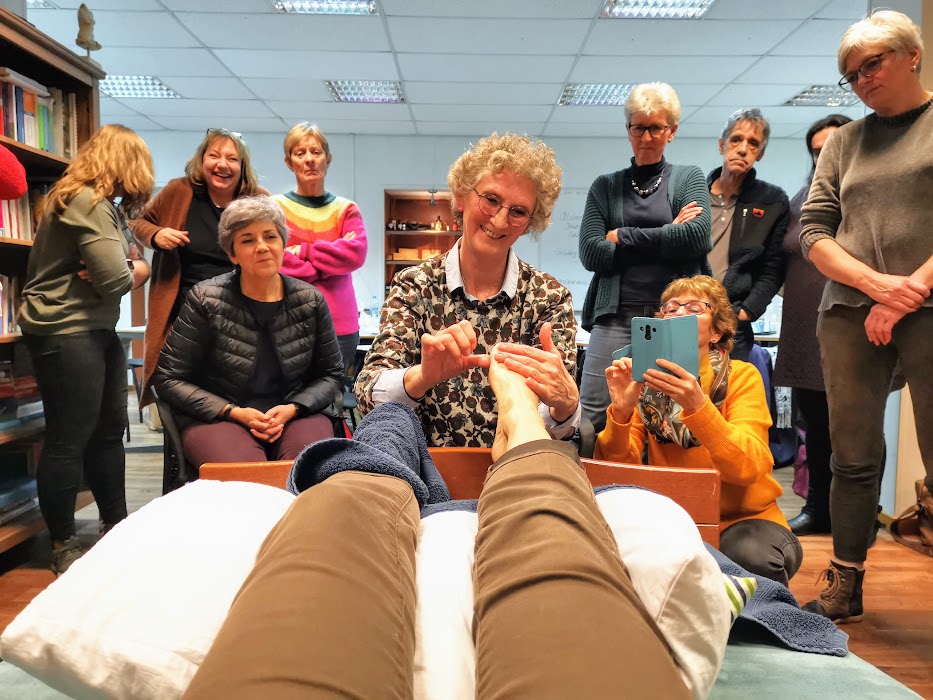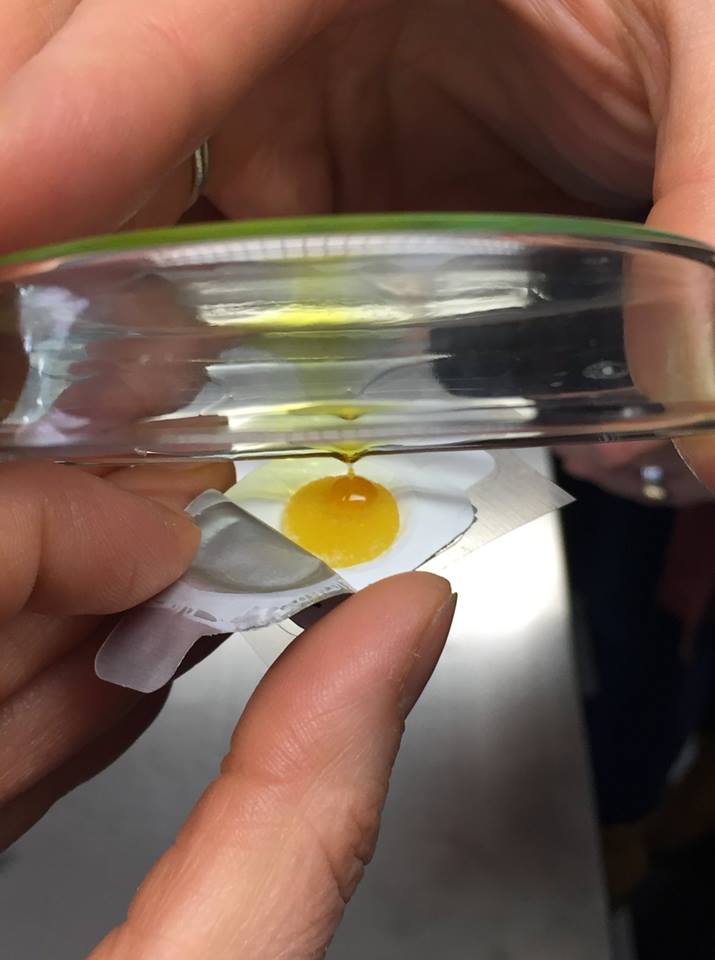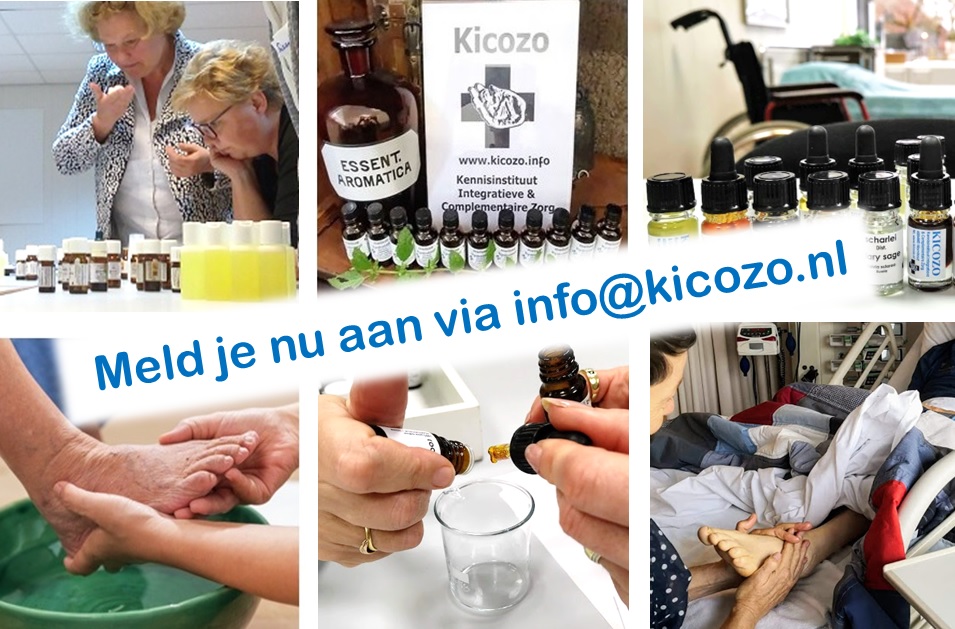
AromaPortret – Message in a Bottle
Buddha Wood
(Eremophilla mitchelli)
© Madeleine Kerkhof, 2020
Plants of the Eremophila genus played an important role to the Australian Aborigines who used them widely for medicinal (antibacterial, anti-inflammatory, antiviral, insecticidal) and ceremonial purposes. The tree was also harvested and used for fence posts and to make carvings.
The evergreen bush or small tree is also known as bastard sandalwood, buddah, budtha, or native sandalwood and bears an abundance of white flowers in spring. The name Eremophila is derived from the Greek words Eremos meaning ‘desert’ and phileo ‘love’, indicating that most of these species are adapted to live under the harsh conditions of the deserts and semi-arid places. Its timber is widely described as possessing a very strong scent that is reminiscent to that of sandalwood (Santalum spp.).
Around 1925 Australian chemist and Australian essential oil pioneer Arthur Penfold, tested the oil and mentioned its unique properties and suggested it as being a good perfume fixative which lead to its commercial use in perfumery. The ssential oil and CO2 extract are harvested from both the wood and bark.

Colour and appearance:
A golden amber brown and rather viscous liquid.
Composition:
Main components of the sub CO2 extract, much like its distilled oil, include around 25% eremophilone, hydroxyl dihydro eremophilone 14% and hydroxyl eremophilone 33%, and we also find neo-intermediol, p-selinene, γ-selinene and α-selinene.
Properties:
Used in sacred ceremonies to purify, great for meditation, relaxing, sedating, grounding, calming, antimicrobial (Escherichia coli, Staphylococcus aureus, Salmonella typhimurium, Alcaligenes faecalis, Candida albicans), insect repellent, possibly antiproliferative activity against lymphoblast cells (comparable to curcumin – Beattie et al., 2011), analgesic, anti-inflammatory, wound healing (Webb, 2015/2016).
Fragrance:
A lovely woody, balsamic and sweet smoky scent.
Message in its bottle…
Buddha wood gently but surely pushed atlas cedar from it first place in my personal top 10 of grounding and stabilising oils. Ever since, I use it in times where I need to calm down and find peace when my mind and heart are “overcrowded” with grief and intense impressions, especially when confronted with the heavy burdens of patients in oncology and end of life care.
Buddha wood is excellent for meditation and transformation, is grounding, allows you to in-crease mindfulness and come and stay in the present. This extract brings calmness in times of great stress and hectic lifestyles.
When I first received this amazing CO2 extract, I just couldn’t leave it alone. I was in awe with its deep, smoky yet fresh and balsamic scent, somehow bringing me back to some of the best days in my life: in school, listening to my favourite teacher’s tales on history, whilst smoking his sweet scented pipe (still allowed back in 1973 ….)
I feel this is a balm to any heart and soul for:
Stress, tensions, agitation;
Inability to stop worrying;
Frustrations, anger;
Hyperactivity, feeling restless;
Sleep problems;
Meditation, mindfulness / relaxation exercises;
Existential questions, transitions;
Terminal care, passing and parting.
I love Buddha wood in blends for deep relaxation. In the beginning of this year (2020), a dear friend and gifted reflexologist, Fran Husstege, gave a workshop to the alumni of our Year Training at Kicozo, using my blend in a special and intensely comforting and soul nourishing massage technique. Both were much appreciated.
The blend is:
Sesame oil from organic white unroasted seeds (Sesamum indicum) as warming and nurturing base oil, blended with 1% buddha wood and 0.5% rose attar (gulab attar), a traditional Indian co-distillate of rose and sandalwood (Rosa damascena in Santalum album). You will love it!

Other applications:
Supportive for asthma, COPD and shortness of breath of any cause, cough, adjuvant in lung and respiratory infections;
As immune stimulant;
Skin irritation, inflamed and infected skin, decubitus, chapped, rough and cracked skin, scars, wounds, moisture lesions and nappy rash, burns, acne, fungal skin infections;
As insect repellent;
Varicose veins, phlebitis, Ulcus cruris;
Fungal infections of the urogenital area;
Creating a warm, woody atmosphere for meditation and transformation.
General dosage recommendations:
One or several drops on a tissue, handkerchief or diffuser, depending on preference. You may also use an inhaler (approx. 20-25dr) or AromaPatch™ (1-5dr).
The usual dosage for topical application in adults is 1-2%. Up to 3% may be used on small local areas (based on the lack of information and on safety data from Tisserand & Young).
Foot- 2-4 / sitz- 3-6 / full bath max. 8 drops in a dispersant.
Use 50-75% of this for elderly or in the 2nd and 3rd trimester of pregnancy, depending on indication and size of treatment area.
Children: use 25-50% (age 2-7) and 75% (age 7-12) of the recommended dose for adults.

Contraindications & specifics:
Precautionary avoid in the 1st trimester of pregnancy, unless in diffusion. Not (yet) recommended for young children.
References
Beattie K., Waterman G., Forster I., Thompson R., et al. Chemical composition and cytotoxicity of oils and eremophilanes derived from various parts of Eremophila mitchellii Benth. (Myoporaceae). Phytochemistry 2011. Griffith Research Online.
Webb, Mark. Aromatic Medicine: Integrated Advanced Essential Oil Therapeutics for Common Clinical Conditions, International Advanced Diploma Course. Ketones slides and notes: 83. Desert Rosewood (Buddawood) slides and notes: 329-330. AromaMedix Pty Ltd 2015 and 2016.


